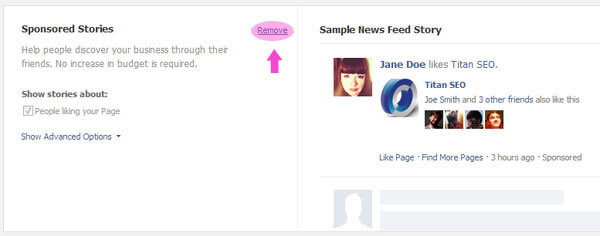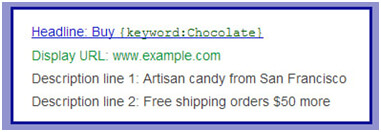Facebook Ads are incredibly versatile and can help you grow your brand presence online. Find success with Facebook Ads with these 5 steps.
With over 1 billion active users, Facebook is undoubtedly the largest network of individuals in the world. To put this in perspective, everyone (and their dog!) is on Facebook, meaning your prospective clients are on Facebook too. It’s impossible to reach everyone, but with Facebook Ads, you can reach significantly more individuals and more importantly, you can use targeting to reach the right individuals. If you’re just starting out, here’s what you need to know to find success with Facebook Ads.
1. Use captivating images, ad text & CTA
Your Facebook ad’s image has a significant impact on the user’s first impression and whether or not their attention will be drawn to the ad in the first place. Use clear images with the exact dimension of 100×72 so your image takes up all of the allotted space. You only have 90 characters to explain your ad, so make it count! Let the user know what you want them to do by including a clear call-to-action.
2. Know Your Audience & Target Accordingly
Facebook has great targeting options, allowing advertisers to get selective with their ad targeting. You can really drill-down at a granular level to target based on location, age, gender, education level, and interests. Ask yourself, which users are most likely to be interested in your products and services? By selecting targeting that conveys the demographics and interests of your target market, your ads will be more cost-effective by reducing the number of unqualified clicks.
3. Separate Ad Groups for Best Performance
Separating ad groups not only reduces the chance for competition between ads but also makes it much easier to A/B test ads and understand their performance. You definitely want to separate ads based on type, for example, keep sponsored stories, promoted posts and traditional ads separate. Currently, when you create a traditional Facebook ad, the platform automatically creates a sponsored story along with it. Remove the sponsored story when you create a new ad to ensure they remain separated.

4. A/B Test Your Ad Variations
By separating ads into different groups, you will be able to more effectively test what works and what doesn’t. When creating traditional ads, try to make several variations of the ad by altering only one element, like the image for instance. When you create a campaign with 5 ads, all with the same ad copy but different images, you will be able to more accurately tell which image is more effective. Create another campaign in which you test copy across multiple ads, but keep the image the same. You can create and test as many campaigns as you want simultaneously and don’t be afraid to get creative!
5. Monitor Your Stats
The Facebook ad platform gives you plenty of data to track your ads’ performance. From your ad dashboard, you can determine click-through-rate, cost-per-click, page likes, total spend and more. Statistics like cost-per-click and click-through-rate will vary per company and industry, but after running your ads for a while, you will be able to determine a standard for these metrics. Once you have established a standard, you will have a benchmark to improve upon. Your goal while testing ads, ultimately, is to reduce cost-per-click and increase click-through-rate. If your goal is page likes, you will also find it beneficial to review the conversion rate which you can find by dividing clicks by page likes transparent and focus on improving that metric through better ad copy and images.
Facebook Ads are a great way to increase your brand’s exposure and reach your target market on the world’s largest social network, plus, it’s easy to use if you follow these 5 Facebook advertising tips. For a free social media consultation and more information on Facebook advertising and marketing, feel free to reach out to us.
Submitted by Erica Machin, Titan Growth




